Packed with iconic, recognisable characters and famous historical events, the Tudor age is one of the most popular backdrops for movies and TV shows.
But real-life Tudor England was somewhat different from what we often see on screen. Here are six things films and TV get wrong about Tudor history.
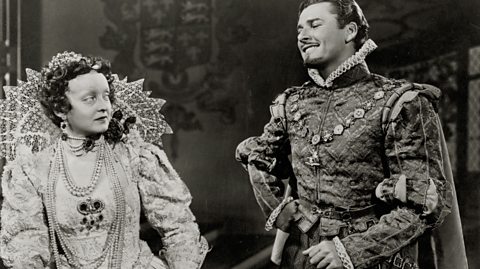
1. On-screen rich Tudors have way too many, sparkly white teeth
One of the most widespread inaccuracies in movies and TV shows about the Tudors is the state of peoples teeth. Judging by movies like The Private Lives of Elizabeth of Essex (1939), everyone was walking around with a full set of pearly white gnashers.
In reality, many Tudors had missing or discoloured teeth, as well as painful cavities. And, perhaps surprisingly, rich peopleÔÇÖs teeth were often much worse than those of the less wealthy.
One of the main reasons for the rotten dental health of the ruling classes was that eating sugar became an increasingly popular status symbol during the period. It was expensive, very trendy and the rich consumed a lot of it, so a ÔÇÿsugar crazeÔÇÖ took hold.
Things werenÔÇÖt helped by the fact that Tudor toothpaste was made of, well, sugar. In fact, Elizabeth I scoffed so much of the stuff that what teeth she had left had turned black by her later life.
Such was her influence that some people began blackening their teeth as part of a brief fashion trend. After all, if the queens rocking the black tooth look
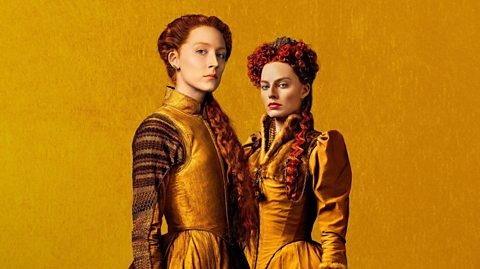
2. Mary Queen Of Scots and Elizabeth I never met
The rivalry between Elizabeth I and Mary, Queen of Scots is one of the great dramatic stories of the Tudor age. Each claimed to be the rightful heir to the English throne - Mary on the basis of being Henry VII's great-granddaughter, and Elizabeth as the daughter of Henry VIII and Anne Boleyn.
Their quarrel would end with MaryÔÇÖs execution, following years of imprisonment, in 1587.
Given this context, itÔÇÖs understandable that putting the pair of them in the same room was all but irresistible for the writers of Mary Queen of Scots (2018).
The film has the pair secretly meeting, with Mary (Saoirse Ronan) begging Elizabeth (Margot Robbie) to help her take back the Scottish throne.
ItÔÇÖs a dramatic moment, but in reality the two never set eyes on one another. They corresponded by letter. A meeting between the two was planned various times, but never actually took place due to tensions between Catholics and Protestants growing in Europe.
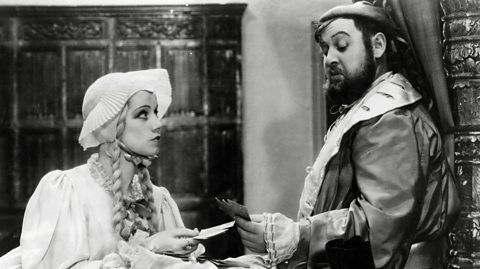
3. Anne Of Cleves didnÔÇÖt win her divorce in a game of cards
The Private Life of Henry VIII, released in 1933, took more than a few liberties with historical fact. But one of the oddest of the movieÔÇÖs inventions was that Anne Of Cleves, HenryÔÇÖs fourth wife, won a divorce from the monarch in a game of cards.
The film has the pair, both clad in their regal pyjamas in the royal boudoir, playing cards. Anne (played by Elsa Lanchester) outplays Henry (Charles Laughton), and hence wins her divorce from him.
ItÔÇÖs an intriguing scene, but it depicts something that never happened. There was no card game and the pair were never actually divorced - their marriage was annulled (meaning it was seen as never having been valid in the first place) in 1540, after just six months.

4. Anne Boleyn wasnÔÇÖt executed for witchcraft
The Other Boleyn Girl (2008), starred Natalie Portman as Anne Boleyn, and Scarlett Johansson as her sister Mary. It charted MaryÔÇÖs affair with King Henry VIII, which may have resulted in an illegitimate son.
But it also, perhaps inadvertently, helped re-enforced a common misconception about Anne - that she was formally accused of witchcraft or that it formed part of HenryÔÇÖs case against her, leading to her execution in 1536.
In a dramatic scene in the film Anne, distraught that she does not seem to be able to provide Henry an heir, claims that he will "have her burned as a witch".
ItÔÇÖs powerful stuff, but though stories had swirled about Anne being a witch (for instance, there were rumours that she had six fingers on one hand, which would have been taken as evidence of witchcraft), Henry never formally charged her with the crime. Anne was convicted of treasonable conspiracy to procure the kingÔÇÖs death.

5. Henry VIII wasnÔÇÖt so much of a glutton
One of the most famous portrayals of Henry VIII on screen was Charles LaughtonÔÇÖs in The Private Life of Henry VIII in 1933.
LaughtonÔÇÖs Henry was portly, bluff, rude and loud, and his love of too much good food is exemplified by the famous image of him munching greedily on a chicken then lobbing the carcass over his shoulder.
It was such a good performance it established an image of Henry in the publicÔÇÖs mind that has been hard to shake, despite it being nowhere near the whole story.
Henry certainly ate much better than many other people of the period, though his table manners were governed by complicated rules of etiquette. Lobbing chicken bones about was a strict no-no - they were put in a special bowl.
But at least part of that guzzling was a display: feasting was an integral part of court life and politics, a way of projecting an image of power and success.
HenryÔÇÖs weight gain, which happened later in his life, might be due not to his diet, but to a jousting accident. He had been a keen and active sportsman, but the incident left him with painful leg ulcers and so unable to exercise as much. Some historians speculate he may have had other undiagnosed illnesses, including CushingÔÇÖs Disease - a hormonal disorder which can lead to obesity.
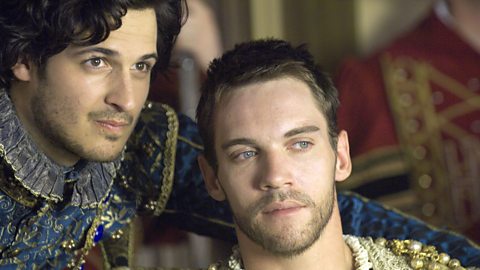
6. The Tudors didnÔÇÖt think of themselves as ÔÇÿThe TudorsÔÇÖ
YouÔÇÖd think that with all the movies and TV shows about ÔÇÿThe TudorsÔÇÖ, and even a smash hit TV show called that (2007), there actually was a period in English history that was ÔÇÿTudorÔÇÖ and that the people living during it were ÔÇÿThe TudorsÔÇÖ.
But itÔÇÖs more complicated than that. According to some historians, the idea of a unified Tudor period is an invention of later scholars and, in reality, if youÔÇÖd described someone living at the time as ÔÇÿa TudorÔÇÖ to their face theyÔÇÖd probably have looked at you blankly.
ÔÇ£The word ÔÇÿTudorÔÇÖ is used obsessively by historians, often to add an appropriate ÔÇÿperiod flavourÔÇÖ to their work, but it was almost unknown at the time,ÔÇØ said University of Oxford historian Cliff Davies in 2012.
Dr Davies scoured contemporary historical documents in search of references to ÔÇÿTudorÔÇÖ, or ÔÇÿThe TudorsÔÇÖ, and found almost nothing.
ÔÇ£Periods are artificial constructions by historians. What makes the concept of the ÔÇÿTudor periodÔÇÖ so seductive is that we believe it to have been current at the time. This was not the case. We need to revise our concepts," he explained.
It's true that this could be said for other eras - for example, people in the Middle Ages wouldn't have thought of themselves as 'mediaeval' - but some scholars have also suggested that the name was downplayed by Tudor royals because of its associations with Wales, with Dr Davies explaining that in Welsh documents the name of Tudor is "celebrated" but it was "considered an embarrassment in England".
This article was published in November 2024
Looking for quizzes, amazing stories and fun facts?
Bitesize Topical has it all!

Eight blockbuster films that got history wrong
Some of these are Oscar winners too, but they're not getting any prizes for knowing their history.
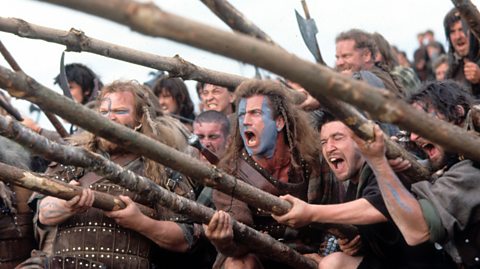
Six things Hollywood films get wrong about the Old West
Find out how the realities of the Old West differ to those we see on the big screen.
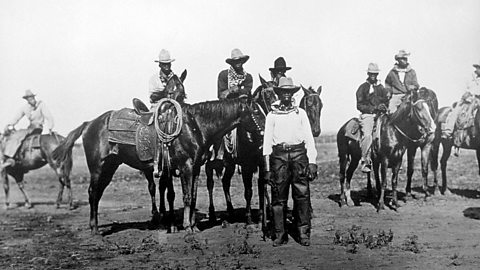
Five of the most amazing film sets in history
How the worlds of James Bond, Lord of the Rings and Cleopatra were created in jaw-dropping scale
